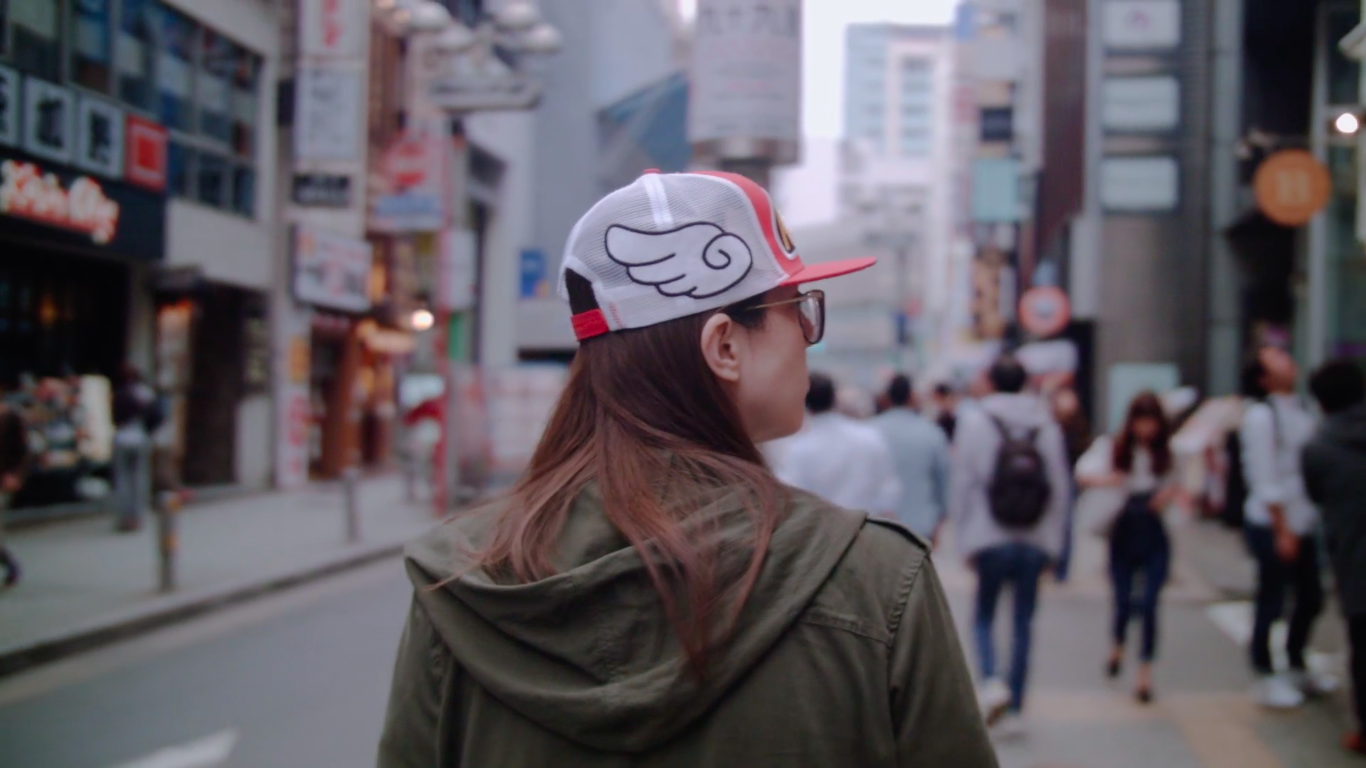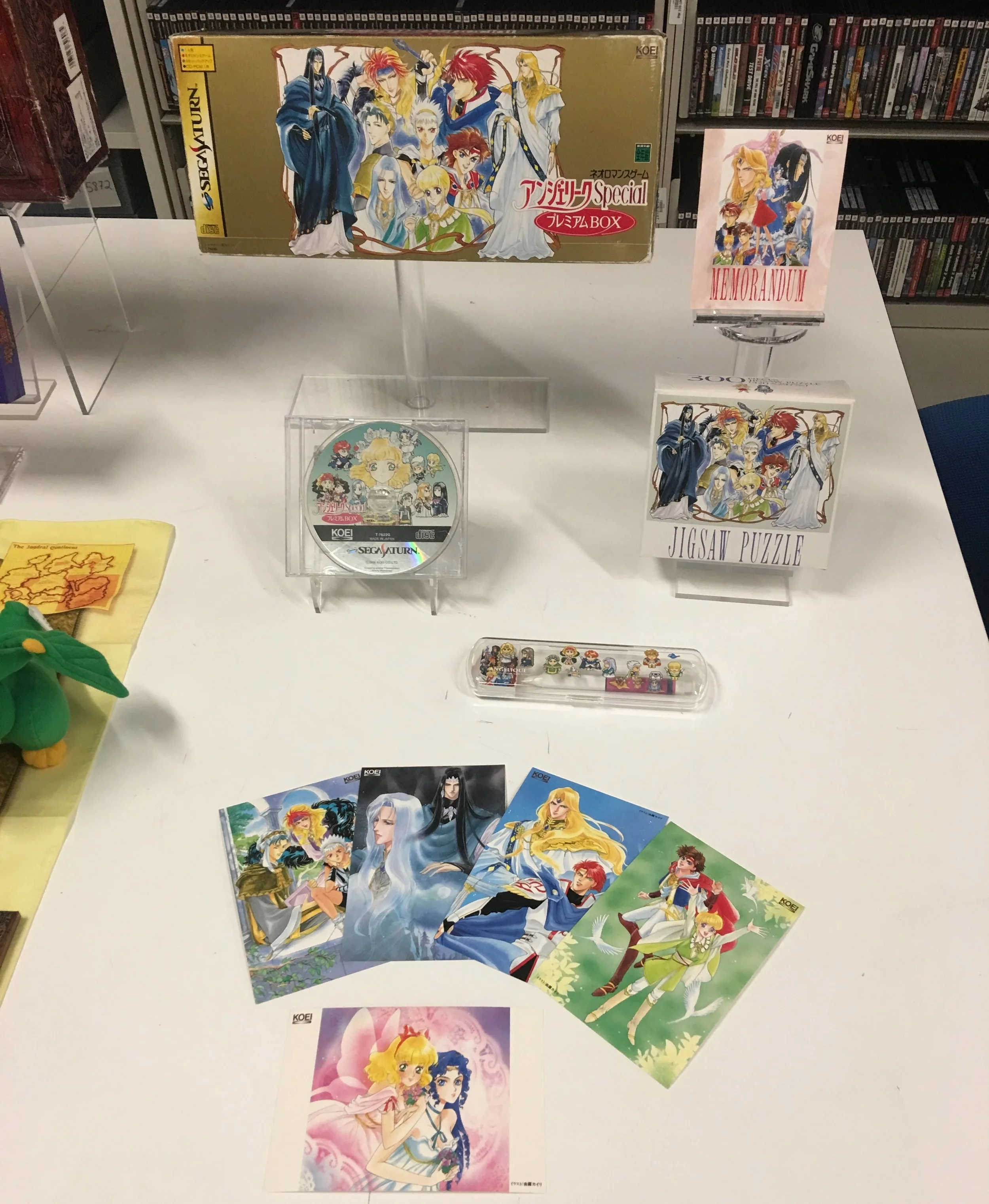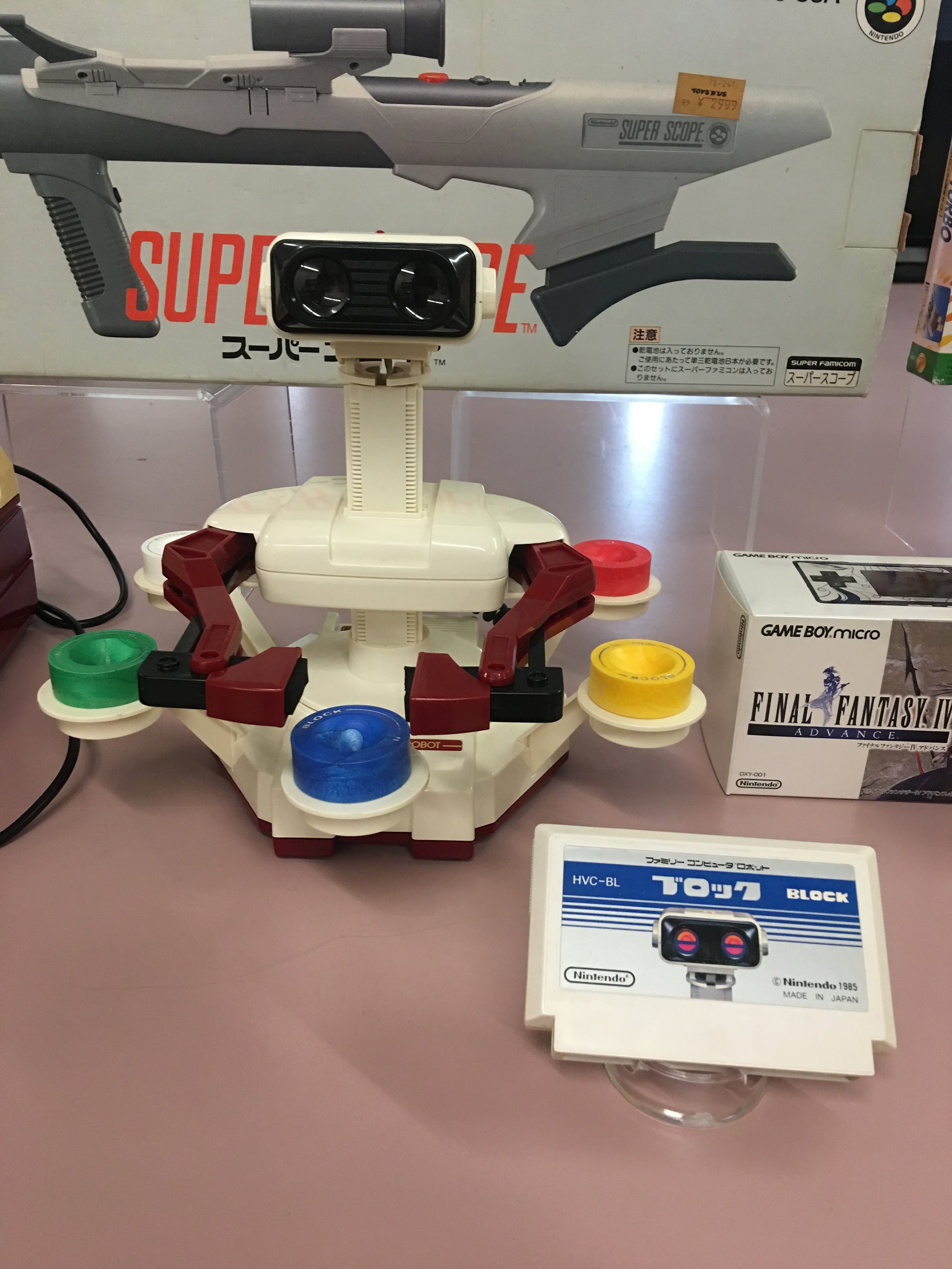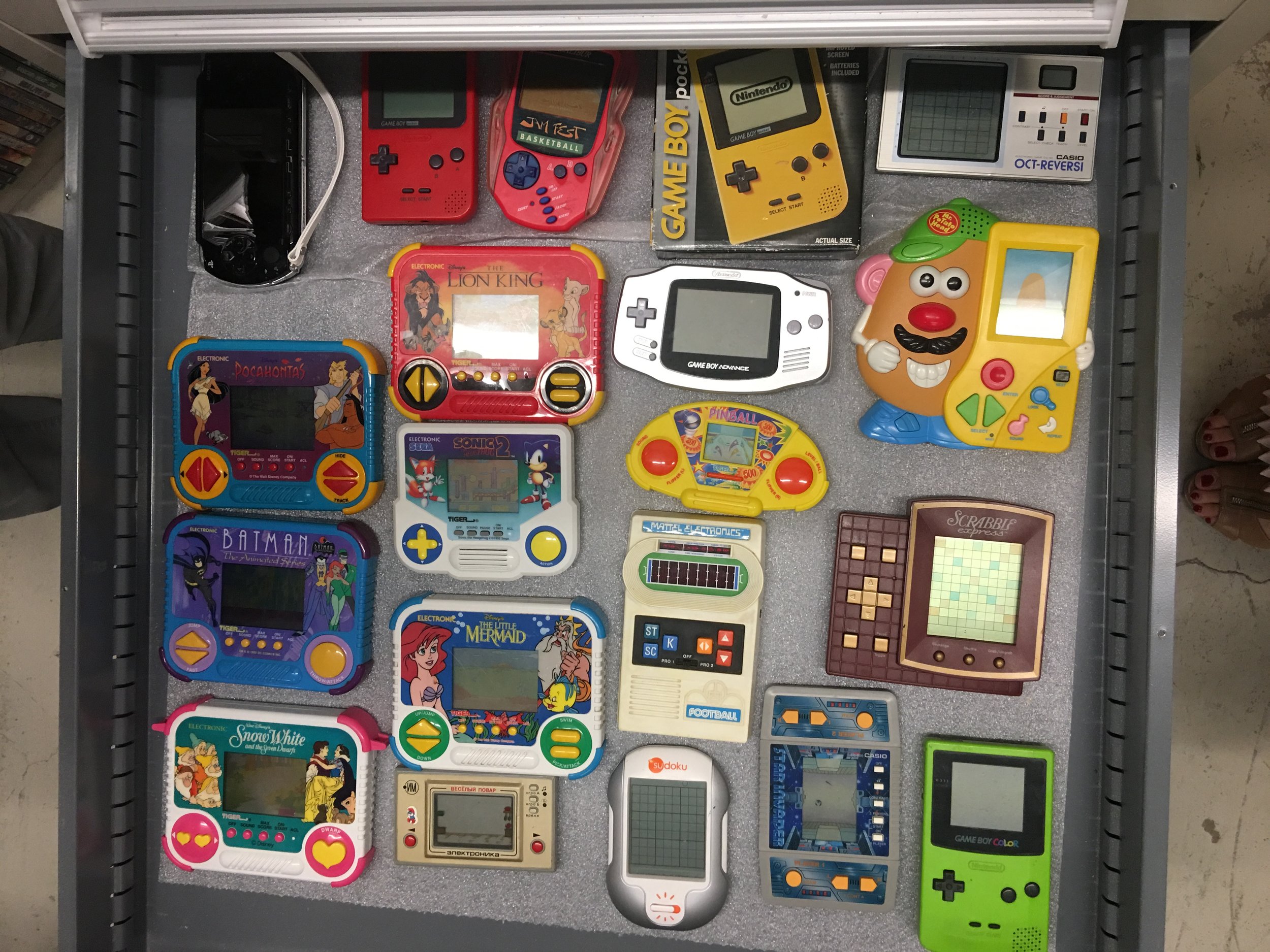Are you a Geek? You might in fact shy away from that label because it connotates some one who is different, creepy and/or a social outcast. Director Gina Hara’s feature-length documentary entitled GEEK GIRLS explores the culture of geeky women who are empowered by their geeky-ness in their own creative and meaningful ways. I was lucky to have been able to watch this documentary, which was featured as part of Edmonton’s DEDfest, a festival that celebrates the works of indie film makers. Gina’s documentary, which took three years in the making, is brilliantly put together and well researched--and it shows.
In her quest to find the answer to the question: What does geek mean to me? Gina’s journey begins and ends in Japan as she grapples with the politics of geek identity. In her pursuit, she weaves together women’s voices from around the world, who articulate their trials, risks and tribulations of what it means to be part of a “geek” community/nerd culture. In a community typically defined by men and that which is often hostile towards the inclusion of women, the cast of women interviewed in the film, which include cosplayers, gamers, comic book creators and a scientist, celebrate how women define and redefine the boundaries of geek culture. The multiple perspectives that the documentary offers underscores the theme of "inclusivity," which is central to the film’s political vision.
The film is conscientious not just in terms of its form (sound, music & cinematography), but also its content, especially in articulating its feminist aims. In other words, it doesn’t celebrate a culture of women at the expense of men. Rather, it accomplishes to make you think and even reassess your own values and stance. This was evidenced during the Q & A session following the screening. A woman, sitting in the audience tearfully asked how she could protect her daughter in a community that might be toxic for young girls? Why at the cost of humility, shame, ostracization and cyber-bullying, would she, as a parent, encourage her daughter to celebrate geek identity? This prompted a young man, also sitting in the audience, to ask what he can do to combat sexism. Some of the best films are those that inspire and Gina’s documentary has the potential to foster and nurture a sense of community beyond the text itself.
For upcoming screenings and more information about the film, click here.
All photos provided by Gina Hara (Thank you!).












